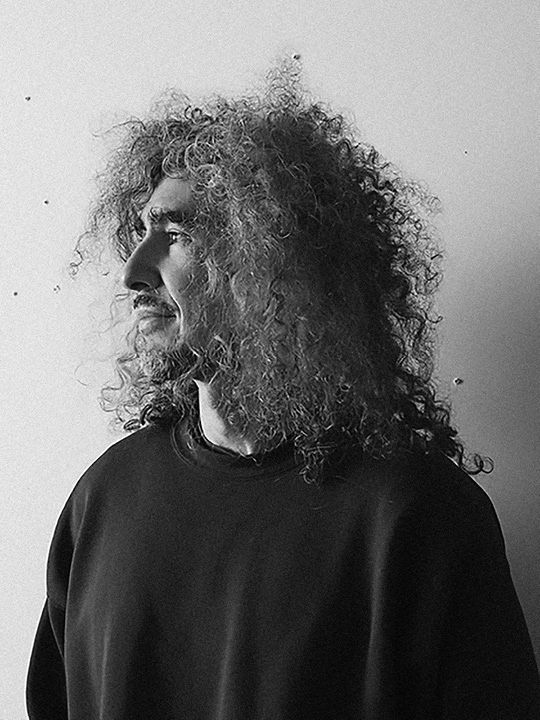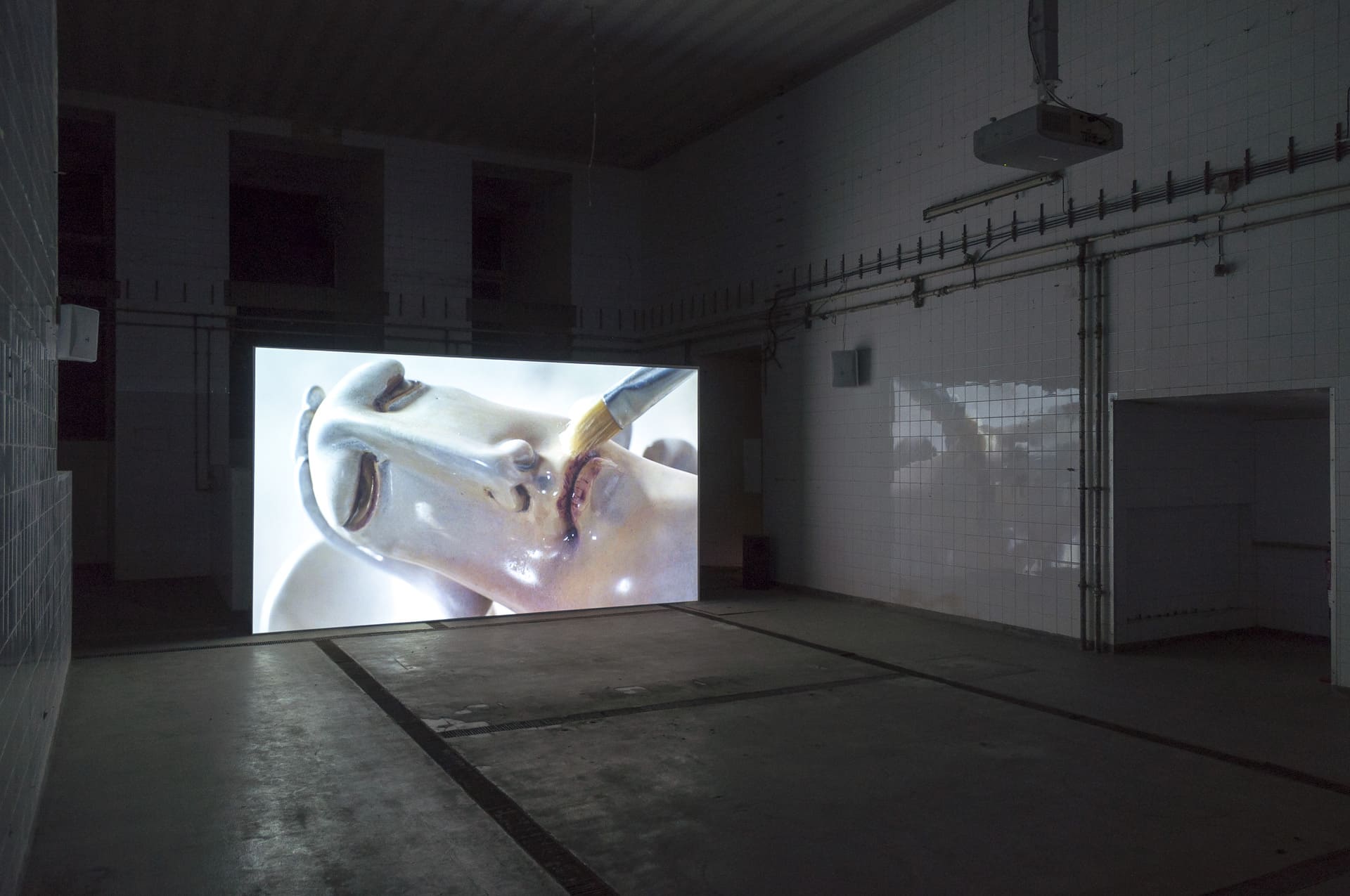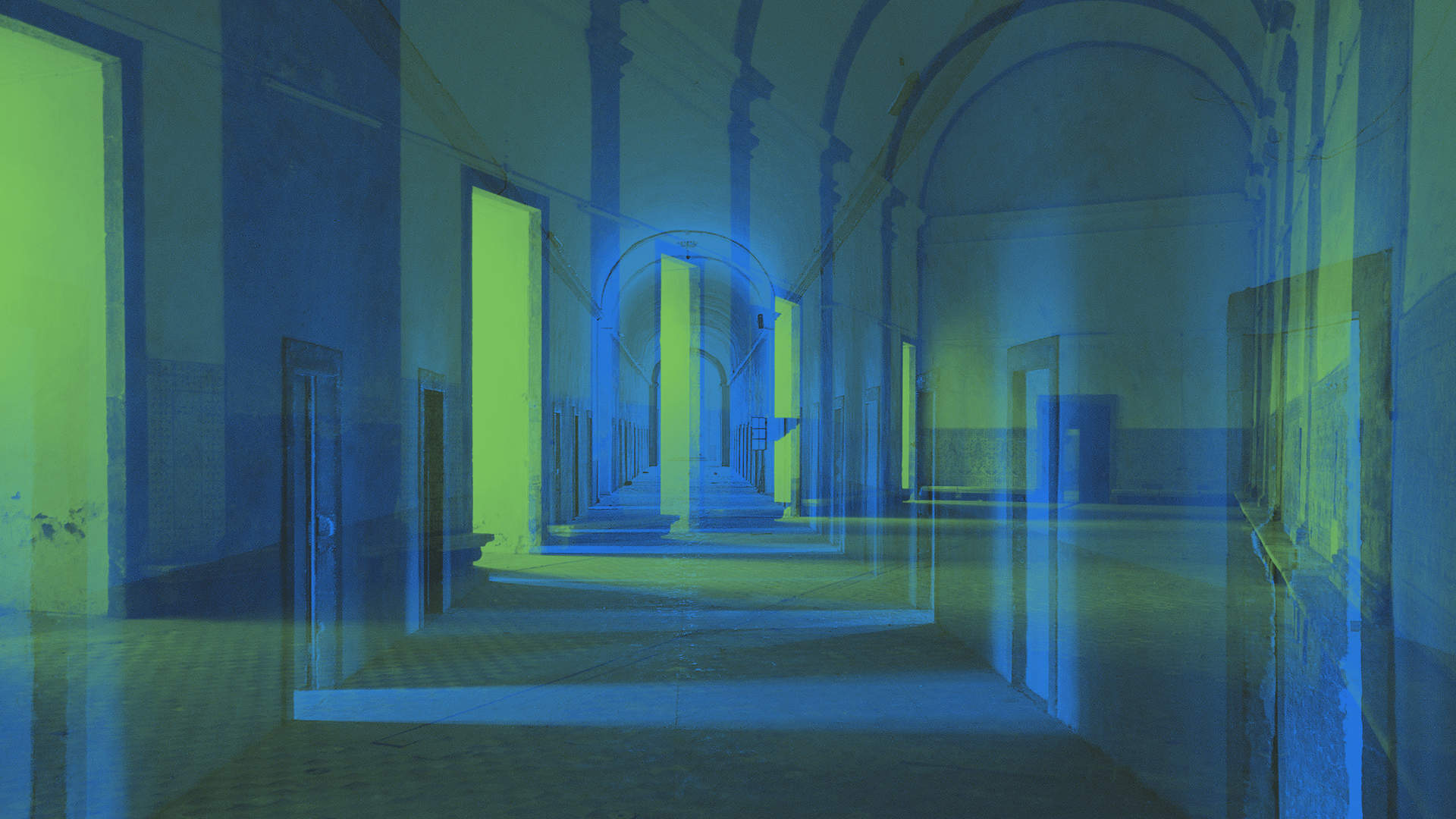Diego
Bianchi
Diego Bianchi



Argentina, 1969
Diego Bianchi (Buenos Aires, Argentina, 1969) creates a body of work that dialogues with the contemporary and its excesses through performance, video, sculpture and large-scale installations — which are sometimes site-specific. Based on observing the transformation of consumer and everyday objects, the artist adopts an experimental approach and uses irony and humour to create a plastic exploration of processes of obsolescence and decay.
As raw materials, Diego Bianchi uses discarded objects, materials from a variety of sources and, in some cases, works by other artists from the collections of the institutions where he works to build strange entities full of human reminiscences, theatrical situations and intricate relationships between the work of art and the body — his own, those of performers or the public itself. In his work, the anthropomorphic is a key to formalising critical relationships with consumer culture, human excesses and processes of destruction and reconstruction.
LaCura, 2020
Video, color, sound, 9’30"
Courtesy of the artista and Galerie Jocelyn Wolff.
In Diego Bianchi's work, the investigation into human relationships with objects, especially art objects, is scrutinised visually. In LaCura, a video from 2020, an invitation to reread a piece from the Palais de Glace museum collection was expanded into a visual essay that builds intimate relationships between his body, that of performers and various works held in the collection. Extrapolating from the original proposal and taking advantage of the museum's refurbishment (and the consequent allocation of its pieces to the Manzana de Las Luces in Buenos Aires), the artist has realised an imagistic scrutiny that intertwines human care and obsession with the objects of the past with affection, play and sensuality.
To a certain extent, LaCura removes the objects from their inanimate and mute state, evoking an almost corporeal presence, allowing an intimate and affectionate approach to the bodies — also suggesting the work of conservation and restoration of museum collections as a work of care. Located in this almost sterile-looking room in the Monastery of Santa Clara-a-Nova and projected onto a large screen, the essay is transformed into a sensory experience, affirming a certain delirium and trance.
Diego Bianchi lives in Buenos Aires. His work has been shown in various international institutions, including: Perez Art Museum, Museo de Arte Moderno de Buenos Aires, Centro de Arte Dos de Mayo, Centre Pompidou Metz, Museu de Arte Contemporânea de Niterói, Museo de Arte Latinoamericano de Buenos Aires, Museo Nacional de Bellas Artes, Galerie Jocelyn Wolff and Casa de la Cultura Contemporánea. The artist has taken part in different biennials, such as those in Istanbul, Havana, Lyon, Liverpool, and the BIENALSUR editions in Córdoba, Valparaíso and Dakar.

